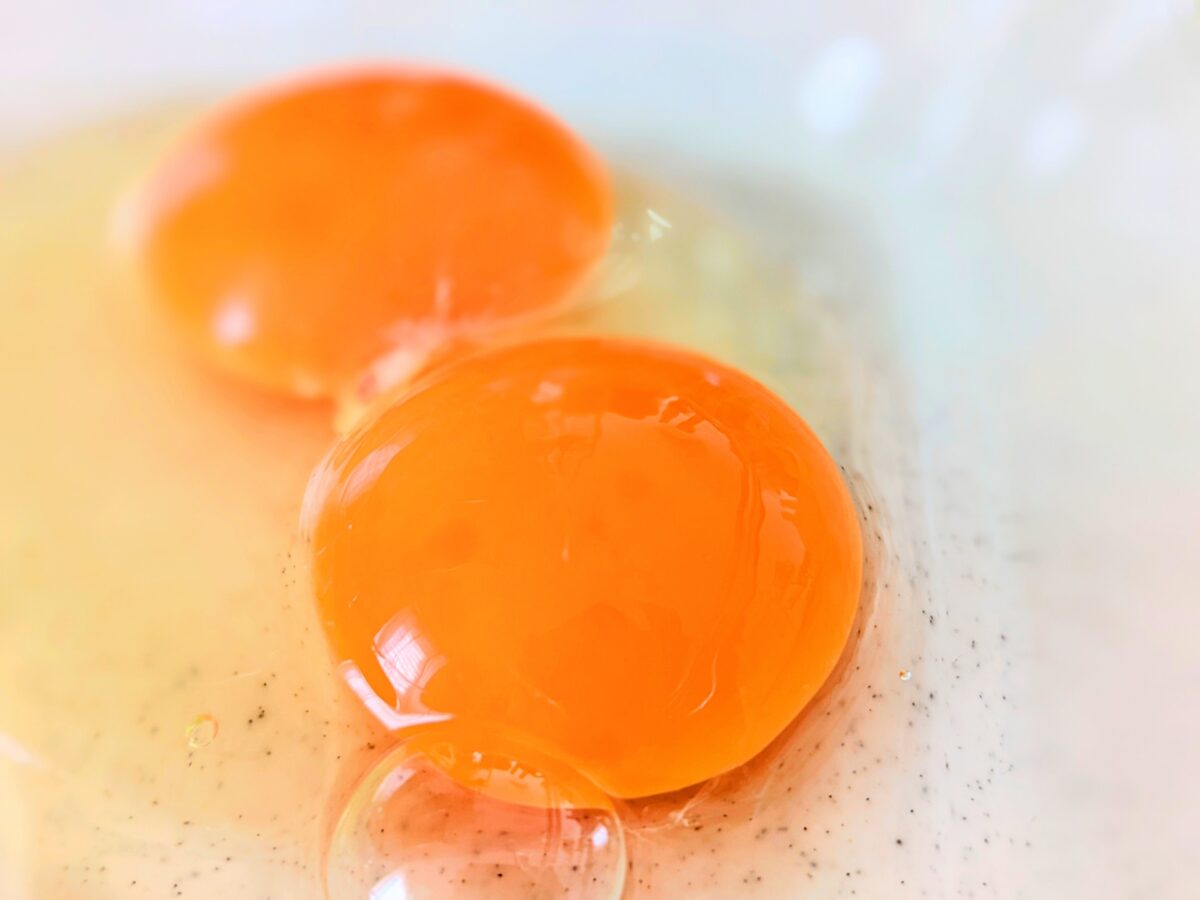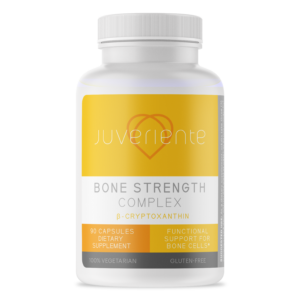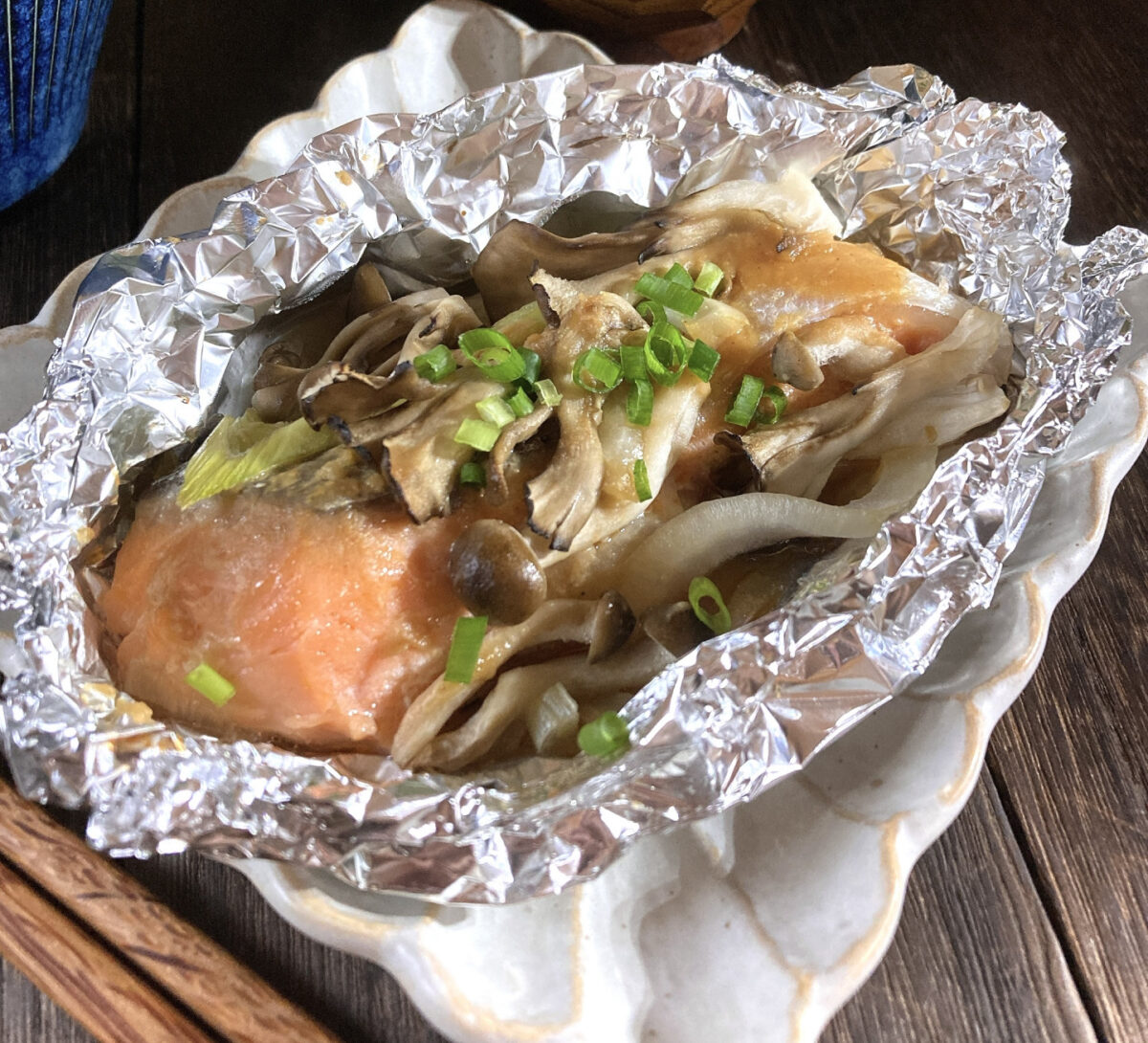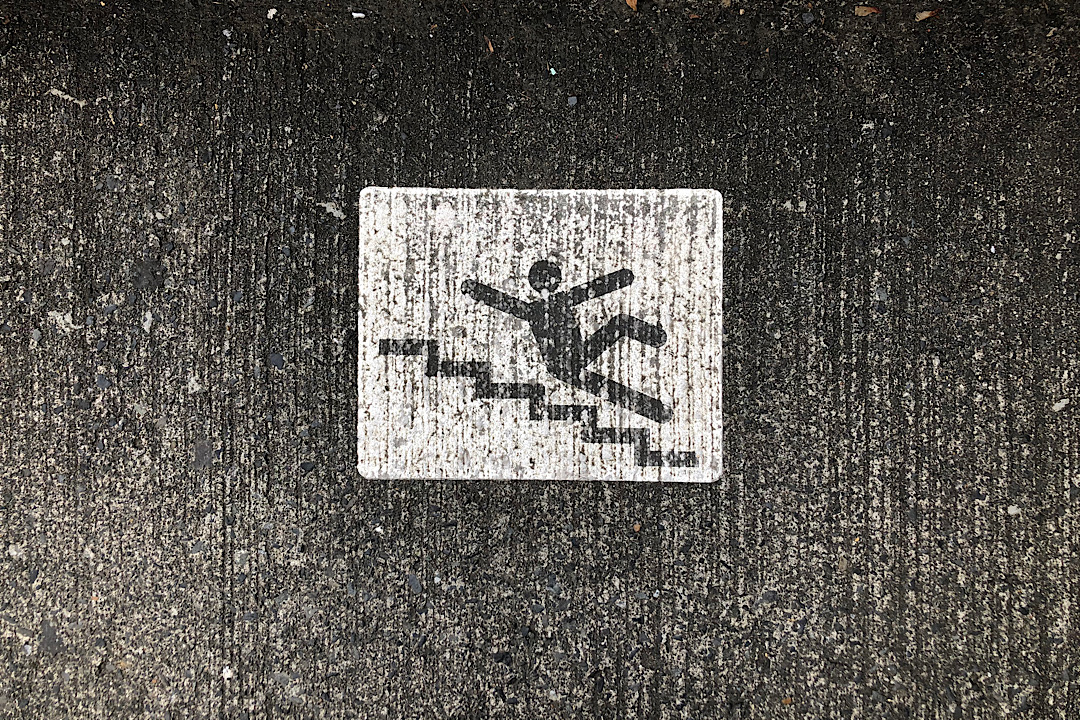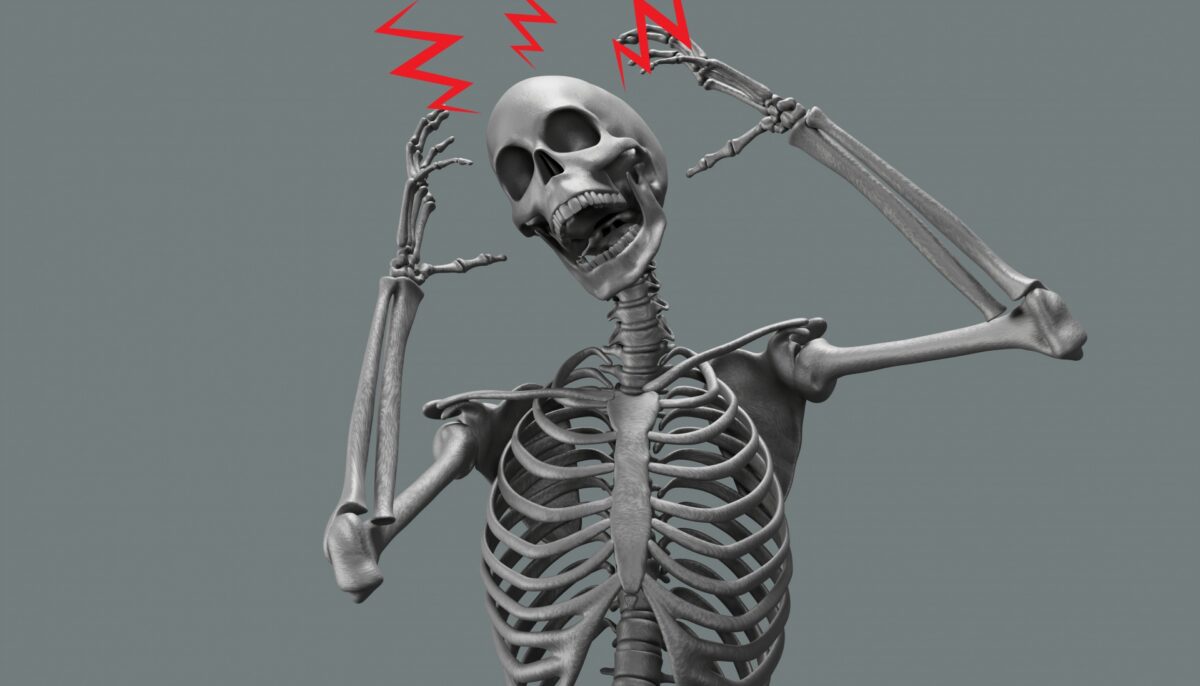Phosphorus is vital for your health
Phosphoric acid and bone health have a close link. Phosphorus is an element that plays a vital role in the body. Phosphorus exists as kinds of phosphate, which is phosphoric acid salt.
Almost all phosphorus in the body combines with oxygen to form phosphate. Phosphorus is one of the body’s electrolytes, a mineral that becomes charged when dissolved in fluids such as blood, but most phosphorus in the body is uncharged.
Phosphoric acid and bone health
Bones contain about 85% of the phosphorus in the body. The rest are mainly inside the cell and are involved in energy production. Phosphorus is an essential substance for the formation of bones and teeth. It is also a building block of several vital substances, such as the substances cells use to make energy, cell membranes, and DNA (deoxyribonucleic acid).
Foods to contain phosphorous
Phosphorus is obtained from food and excreted in the urine and sometimes in the stool. How much is excreted in the stool depends on how much you absorb from foods. In this talk about the phosphoric acid and bone health, you will like to know what food contains it richly. They are milk, egg yolks, chocolate, and soft drinks.
Hypophosphatemia
A condition in which the concentration of phosphorus in the blood is deficient.
Phosphorus is one of the body’s electrolytes, a mineral that becomes charged when dissolved in fluids such as blood while most phosphorus in the body is uncharged.
Hypophosphatemia may be acute or chronic.
acute hypophosphatemia
In acute hypophosphatemia, the phosphorus level in the blood suddenly drops to dangerous levels. Acute hypophosphatemia can develop in people who are recovering from conditions such as
Severe undernutrition (such as starvation)
diabetic ketoacidosis
severe alcoholism
severe burns
A sudden drop in phosphorus levels can lead to arrhythmias and death.
chronic hypophosphatemia
In chronic hypophosphatemia, her phosphorus levels in the blood decrease over time. Chronic hypophosphatemia usually results from excessive phosphate excretion. Causes include:
hyperparathyroidism
chronic diarrhea
Long-term use of diuretics
Long-term use of large doses of aluminum antacids
Use of high doses of theophylline (used to treat asthma)
Take Phosphorous from Juveriente® Bone Strength Complex!
You can also take care of phosphoric acid and bone health through supplements. Juveriente’s Bone Strength Complex will provide you phosphorous in shape of Tricalcium Phosphate among its vitamin set for bone health while it also helps your bone health from the cellular level. (Learn about it more here.)


